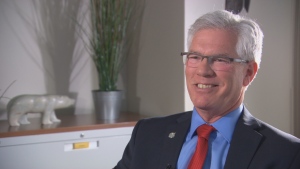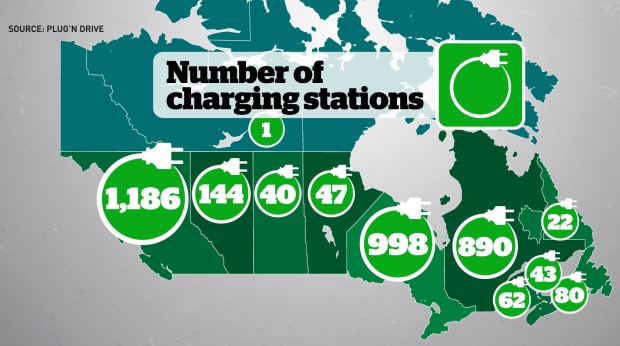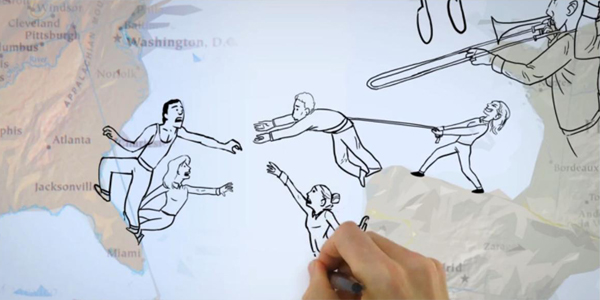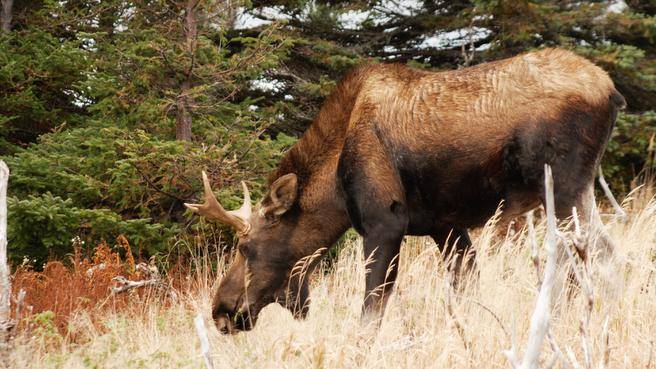reposted from FirstPeoplesLaw, April 17, 2016
 By Bruce McIvor
By Bruce McIvor
Here’s our update for the week ending April 17, 2016.
In the News
The Supreme Court released its decision in theDaniels case.
- Don’t partake in celebrations over new Supreme Court ruling on Métis just yet
- Constitutional Jurisdiction over the Métis: The question now is what to do with it
- Supreme court ruling ‘big victory’ for Métis, non-status aboriginal people
- Indigenous-rights activist Harry Daniels laid foundation for Supreme Court ruling
- B.C. Métis celebrate Supreme Court ruling regarding Indian status
- Supreme Court gives rights to Métis, non-status Indians under Canada’s 1867 Constitution
- Landmark Supreme Court ruling extends rights to 600,000 Métis, ‘non-status Indians’
- Métis ecstatic Supreme Court ends ‘jurisdictional wasteland’
- Supreme Court decision Thursday could complete legacy of Harry Daniels
- Supreme Court rules Metis, non-status Indians, get same rights as First Nations
- Supreme Court recognizes rights of Métis and non-status Indians
- The bills for treatment of aboriginal people are coming due: Editorial
In light of the Daniels decision, it is a good time to consider what federal jurisdiction over Indians has meant.
- No cake or balloons for Indian Act’s 140th birthday
- 21 things you may not know about the Indian Act
- John Ivison: Plan to move beyond Indian Act will require the difficult process of indigenous consensus
The Nicola Chiefs pulled out of British Columbia’s sewer sludge review process.
- Chiefs leave biosolid panel
- https://www.merrittherald.com/nicola-chiefs-pull-out-of-biosolids-review/
- Chiefs walk away from biosolids panel review
The settlement agreement for Camp Ipperwash lands was signed.
- Historic Ipperwash settlement signed
- John Ivison: At last, reconciliation with First Nations actually seems possible
Opposition to the storage of natural gas in Nova Scotia continued.
The standoff over the proposed development of a LNG terminal on the British Columbia north coast intensified.
- Lax Kw’alaams Hereditary Leaders Reply To ‘Cease and Desist’; Letter from The Port of Prince Rupert
- Editorial: Replace Lelu Island confrontation with collegial discussion
- Anti-LNG protesters in Prince Rupert told to stop camping at Lelu Island
- First Nations protesters vow to expand construction plans on Lelu Island
The pipeline debate continued.
- John Horgan says NDP could reverse stance on Pacific Northwest
- John Ivison: Trudeau convinced that pipeline strategy must be top priority
- Pipelines or Indigenous Rights? Premier Notley Can’t Have Both
- Leap Manifesto may spur pipeline into existence
- John Ivison: Signs that B.C. premier is moving to ‘yes’ on pipeline
- Tsleil-Waututh has message for Trudeau: no to Trans Mountain project
Non-indigenous opposition to a proposed reserve on Vancouver Island continued.
First Nation support for an Ontario wind farm created non-Indigenous controversy.
- Energy minister defends Elgin wind farm
- Ontario wind farm fight escalates over far away First Nations support
The British Columbia government was criticized for its redaction of strength of claim information as part of an environmental review.
The Yukon government was criticized for its past support for Harper’s Bill-S-6.
Canadians were challenged to read the Truth and Reconciliation report.
The federal government appeared to move closer to announcing support for the proposed Ring of Fire mining development in Treaty 9.
In Saskatchewan, First Nation leadership outlined their priorities.
The importance of modern land claims settlements was discussed.
- Lauren Heuser: When it comes to settling aboriginal land claims in a timely manner, the system’s the problem
- Why Quebec’s Cree are thriving while misery reigns across James Bay at Attawapiskat
From the Courts
Read the Daniels decision (for our excerpts click here).
In Alberta, Stoney Nakoda claims against the CPR were dismissed, but claims against Encana were allowed to proceed to trial.
In Ontario, an injunction application against a forestry company was dismissed.
In British Columbia, the Gitanyow Chiefs amended their Aboriginal title claim.
Quote of the Week
“…this decision is one of the worst messes to come out of the SCC.”
Dr. Pam Palmater on the Daniels decision
Off the Bookshelf
“Just as none of us is outside or beyond geography, none of us is completely free from the struggle over geography. That struggle is complex and interesting because it is not only about soldiers and cannons but also about ideas, about forms, about images and imaginings.”
Edward Said, Culture and Imperialism (1993)
Upcoming
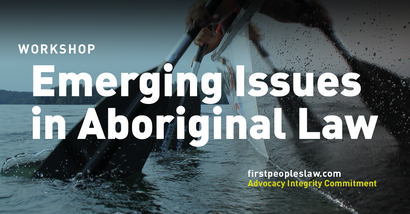
Catch our cross-country series of workshops on emerging issues in Aboriginal Law by emailing [email protected]
- Toronto, April 20th
- Thunder Bay, April 28th
- Ottawa, May 4th
- Montreal (date not yet confirmed)
- Winnipeg (date not yet confirmed)
For more First Peoples Law comments see our publications page
Follow us on  @firstpeopleslaw
@firstpeopleslaw
